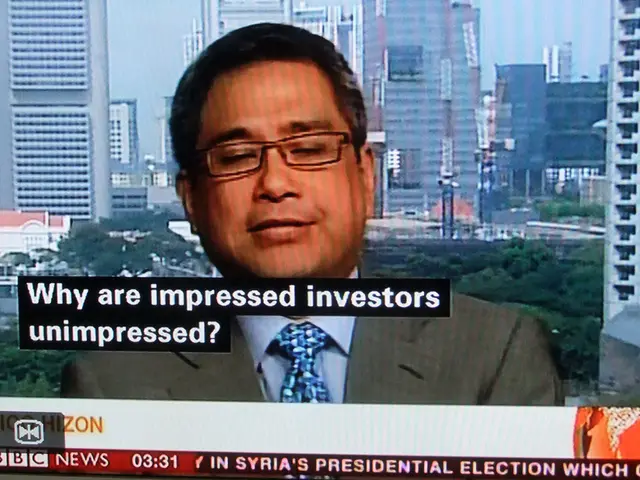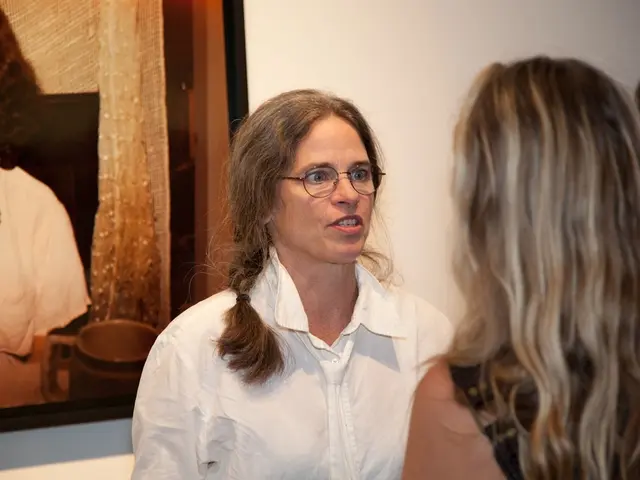Revealing the Wonders Behind ChatGPT: A Phenomenon in Artificial Intelligence Conversations
In a groundbreaking development, the democratization of AI capabilities has made it possible for small businesses and individual creators to access tools that were once the exclusive domain of large corporations. This shift, driven by the rapid advancement of technology, could potentially spark a wave of innovation and entrepreneurship across all economic sectors.
At the forefront of this revolution is ChatGPT, a product of OpenAI, a research organization for artificial intelligence founded in December 2015. The GPT-3.5 architecture, upon which ChatGPT is built, is a Generative Pre-trained Transformer, trained with an impressive 175 billion parameters.
ChatGPT stands out for its ability to generate original responses based on understanding context, nuance, and intent. It demonstrates genuine conversational intelligence, handling over 100 million weekly active users and being used for a variety of purposes, including programming assistance, content creation, language translation, and customer support operations.
However, it's important to note that ChatGPT's capabilities are not without limitations. Its factual accuracy, mathematical reasoning, real-time information access, input sensitivity, and cultural and linguistic biases have limitations. Content authenticity also becomes increasingly complex as AI-generated text becomes indistinguishable from human writing.
Moreover, the rapid adoption of ChatGPT has triggered unprecedented ethical discussions about AI's role in society. Misinformation proliferation represents a significant risk, as ChatGPT can generate convincing but false information. Academic integrity has been challenged in educational settings, and privacy considerations extend beyond data collection to conversational privacy, as users often share sensitive information during interactions.
Employment displacement concerns affect multiple industries due to the automation of tasks previously requiring human workers. Yet, creative partnerships between humans and AI are producing novel forms of art, literature, and entertainment.
OpenAI has implemented multiple layers of safety controls in ChatGPT, including content filtering, bias reduction, usage monitoring, rate limiting, and usage restrictions. Research and development efforts are pushing toward capabilities that will make today's impressive features seem quaint by comparison, such as multimodal integration, real-time learning, personalization advances, integration ecosystems, and reasoning improvements.
In conclusion, ChatGPT is a transformative tool that is reshaping the way we interact, work, and create. While it presents challenges, it also offers exciting opportunities for innovation and growth. As we continue to navigate this new landscape, it's crucial to approach AI with a balanced perspective, acknowledging both its potential and its limitations.
Read also:
- Heed this: There's no more room for turning back.
- Turbine operators in Thuringia now face the task of dismantling underpinnings.
- Finalist Interview for 2025 Sustainability Awards: DS Smith's fiber-based packaging for PET bottles
- Lucrative Business Opportunities in Nigeria: Discover Profitable Enterprises Immediately






